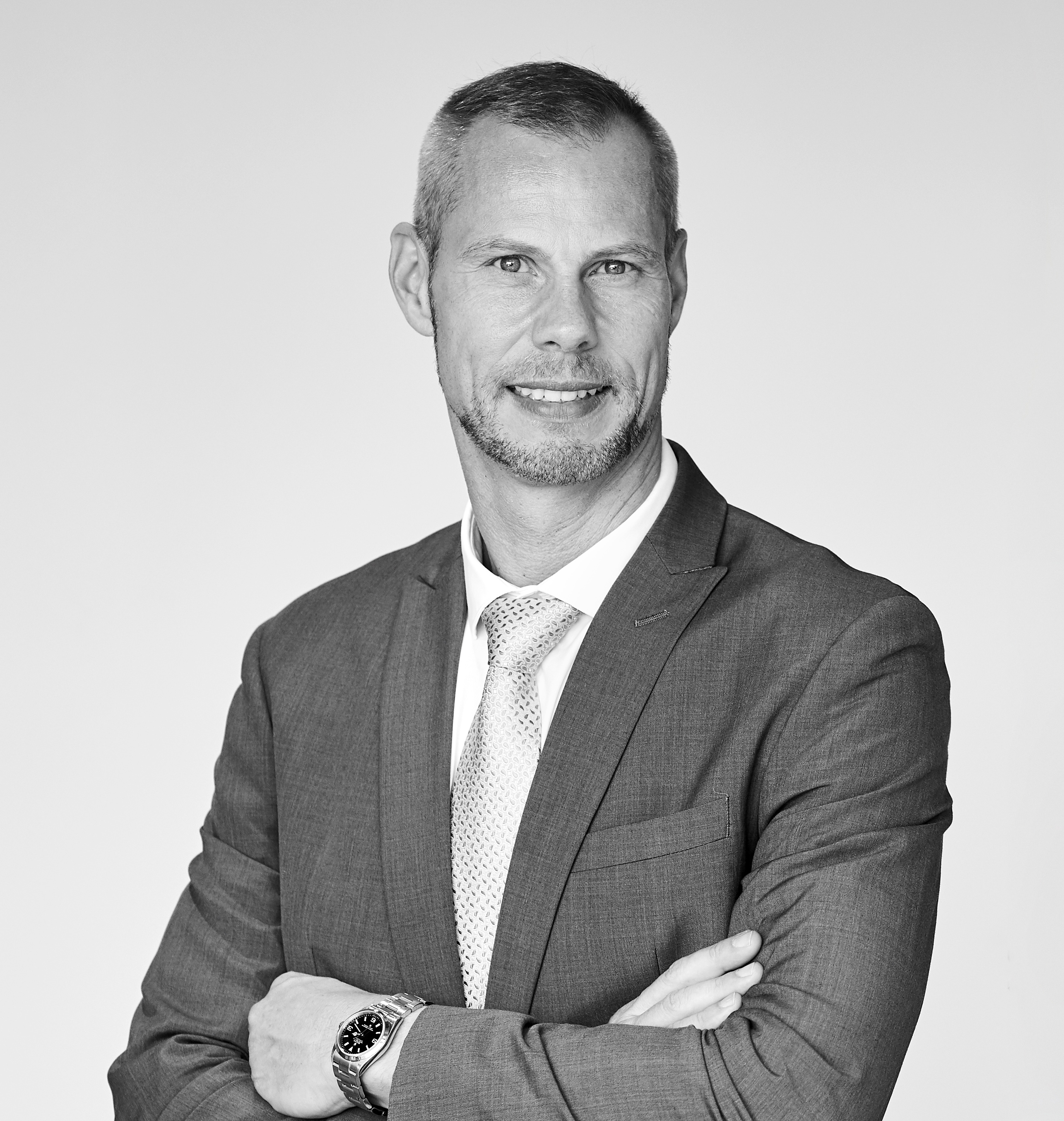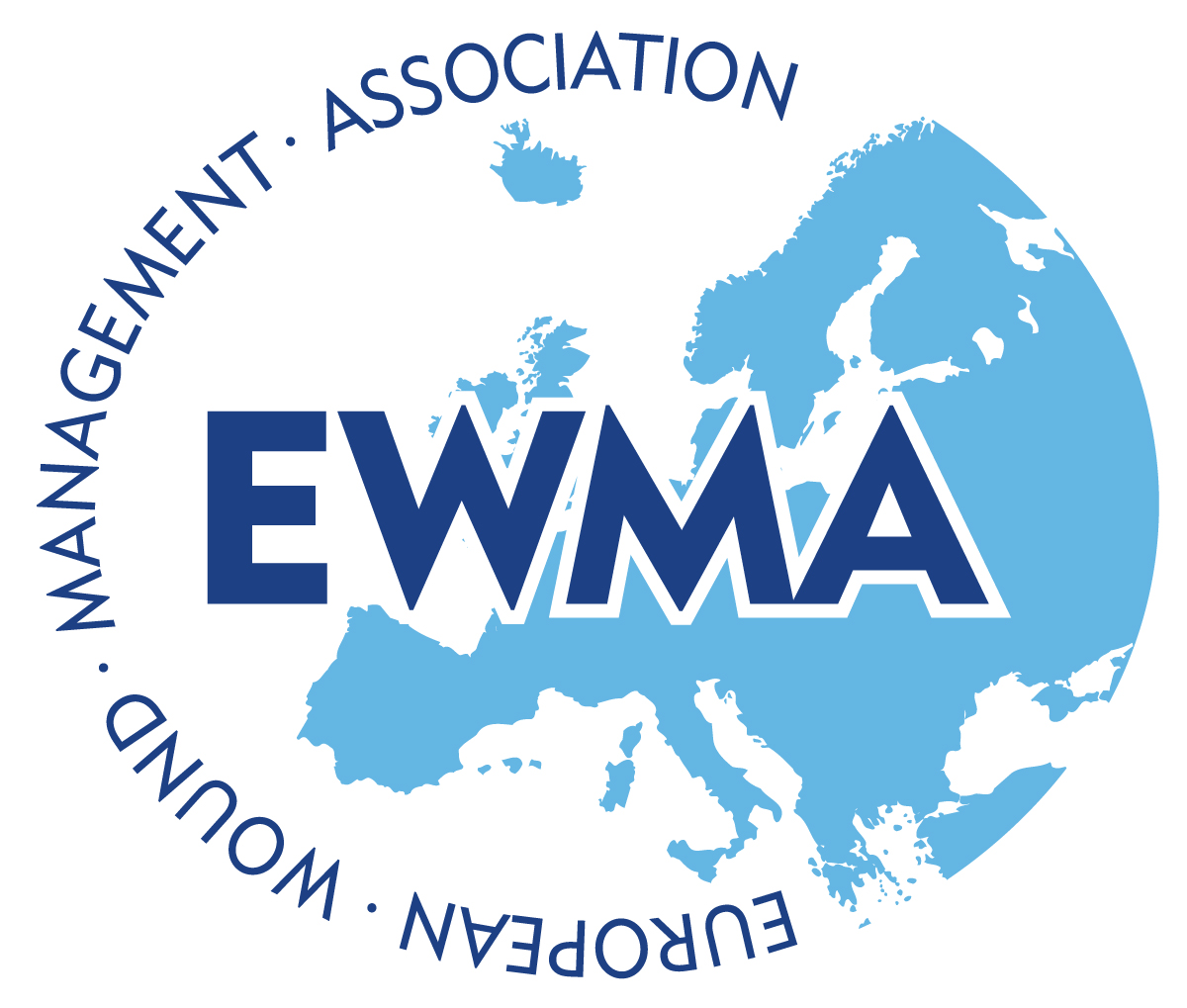|
|
||||||||||||||||||||||||||||||||||||||||||||||||||||||||||||||||||||||||||||||||||||||||
| THURSDAY, NOVEMBER 10 | |
| 1:00pm - 5:00pm
Integrating Technology Into Wound Care: A Toolkit for the Clinician
|
|
| 1:00pm - 1:15pm |
Welcome and Introductions |
| 1:15pm - 2:00pm |
Diagnostic and Wound Assessment Parameters and Tools: An Overview
|
| 2:00pm - 3:00pm |
Integrating Technology Into Practice: Persuading to Overcome Barriers
|
| 3:00pm - 5:00pm |
Application of Skills
|
Conference Program
| FRIDAY, NOVEMBER 11 | |
| 7:00am - 8:00am | Registration and Coffee |
| 8:00am - 8:15am | Welcoming Remarks with Barbara Bates-Jensen, PhD, RN, FAAWC, FAAN |
|
8:15am - 9:15am
|
Opening Keynote: Objectives:
|
| 9:15am - 9:30am | Summit Format Introduction & Survey with Alisha Oropallo, MD FACS, FSVS, FAPWCA, FABWMS, and Ruth Bryant, PhD, MS, RN, CWOCN, FAAWC |
| 9:30am - 10:00am | PAD National Action Plan: Summit Consensus Recommendations with Karen Bauer, DNP, A.P.R.N.-F.N.P., CWS, DAPWCA Among the public as well as health care professionals, there is a poor understanding of PAD prevention and early detection leading to under-treatment despite the recognition that it leads to nontraumatic lower extremity amputations, death, MI and stroke. The PAD National Action Plan was generated to transform awareness, knowledge, assessment and management of patients with and at risk for PAD. The 6 goals of the PAD National Action Plan and research into prevention and treatment of PAD will be presented. |
| 10:00am - 10:30am | Break and Exhibits |
| 10:30am - 11:15am |
Technology Update: Micro and Macro Assessment of Perfusion |
| 11:15am - 12:15pm |
Topical Oxygen: Where Does It fit in Your Practice? |
| 12:15pm - 1:30pm | Lunch and Exhibits |
| 12:30pm - 1:30pm |
Satellite Symposium 1: Technology of the Foot Defender
|
| 1:30pm - 2:05pm |
Advances in Addressing the Wound and Skin Microbiome |
| 2:05pm - 3:00pm |
Pathology or Culture: What Is Best for Your Patient While it is well known that bacteria and biofilm in the wound will impair and even prevent wound healing, and in fact cause infection, the question becomes how to best quantify the bacterial load or identify the culprits of the offending bacteria. In this session we will discuss the microbiology of common wounds and the merits and indications for 2 laboratory techniques. |
| 3:00pm - 3:30pm |
Break and Exhibits, Posters with Authors Present |
| 3:30pm - 4:15pm |
Disparities in Wound Care: Social Determinants of Health, Epigenetics, and the Biochemical Response to Stress This dynamic session prepares learners to join the AAWC in addressing disparities in wound care beginning with a discussion on the scientific basis of how social determinants of health and stress impact chronic diseases, wound prevalence, and wound healing. Learners will review chronic disease risk factors and their connection to social determinants of health through processes including the biochemical response to stress and epigenetic changes. These processes can alter the trajectory for patients both by contributing to the development of conditions associated with wounds as well as limiting successful outcomes in hard-to-heal wounds. |
| 4:15pm - 5:15pm |
Transitioning Technology Into Your Practice - Navigating the Process |
| 5:15pm - 5:30pm |
Awards Presentation |
| 5:30pm - 6:30pm | Welcome Reception (Exhibit Hall) Join us for hors d’oeuvres and drinks to reconnect with old friends and get to know fellow attendees. |
| 7:00pm - 9:00pm | Faculty Networking Event (Invite only) |
| SATURDAY, NOVEMBER 12 | |
| 7:00am - 8:00am | Breakfast |
| 7:00am - 8:00am | Satellite Symposium 2: The Economics of Skin Substitutes Using Big Data Sponsored by MiMedx with William Tettelbach, MD, FACP, FIDSA, FUHM, CWS, MAPWCA |
| 8:00am - 9:00am |
Keynote: Using Artificial Technology and Big Data to Personalize Efficient and Effective Wound Care 1. Describe the concepts of artificial technology and personalized wound care. |
| 9:00am - 9:45am | Technology of Early Detection with Ruth Bryant, PhD, MS, RN, CWOCN, FAAWC, and Barbara M. Bates-Jensen PhD, RN, FAAWC, FAAN Early detection of pressure injuries has been demonstrated to reduce the incidence of pressure Injuries. Adoption into practice however is slow. In this lecture the current evidence for the early detection of pressure injury development and deterioration are presented. |
| 9:45am - 10:15am | Development and Psychometric Evaluation of an i-Pad Based Decision Support Tool to Prevent Community Acquired Pressure Injury for the SCI Clinic with Barbara M. Bates-Jensen PhD, RN, FAAWC, FAAN Pressure injuries (PrI) are the second leading cause of hospitalization in people with spinal cord injury (SCI). The majority of PrIs are community-acquired, but little guidance in community-acquired PrI (CAPrI) prevention exists. Current PrI prevention clinical guidelines are institutionally based, and do not directly address community risk factors. There are no instruments to guide CAPrI prevention for persons with SCI. This session describes the development and validation of an i-pad based decision support tool to prevent CAPrIs in individuals with SCI for use in SCI clinics. |
| 10:15am - 10:30am | Break and Exhibits |
| 10:30am - 11:00am |
Vitamin D as a Risk Factor for Ulcer Formation Vitamin D deficiency is extremely common, affecting approximately 42% of the US population. This presentation will highlight the impact Vitamin D deficiency has on patients with and at risk for developing a chronic wound. Additionally, this session will describe the dosing, drug-drug interactions as well as other micronutrients to consider based on a patient's comorbid factors. |
| 11:00am - 11:30am |
Washington and its Impact on Wound Care: Coding, Coverage & Payment Policies Through a Wound Care Lens CMS’s ever evolving coding, coverage and payment policies impact all specialties in wound care - physicians and non-physicians – and the impact is felt differently in different sites of care. How do national policies like the Hospital Outpatient Prospective Payment System and Physician Fee Schedule, and regional policies like Local Coverage Determinations, impact wound care business? Learn about recently implemented policy changes relevant to wound care to be in the know about, upcoming policy changes being considered, their impact to wound care, and advocacy initiatives to protect and defend wound care. |
| 11:30am - 12:00pm | Wound Healing with Your Tablet: Breaking Barriers Across the Care Continuum with Jonathan Johnson, MD, MBA, CWSP, and Maria Goddard, MD, CWS, FAPWCA, PCWC As technology and advances in wound care have developed, so too have the options available to maximize wound care in different care settings. The COVID-19 pandemic led to a pivot in healthcare which expanded awareness and a wider availability of advanced treatment options. Mobile and telemedicine practices can deliver care and education to patients where they reside, which reduces their travel time and provides access to expert consultation to those who reside in more rural areas. |
| 12:00pm - 1:00pm | Lunch and Exhibits |
| 12:00pm - 1:00pm |
Satellite Symposium 3: All Evidence is Not Created Equal: What Makes for Good Clinical Data in Wound Care |
| 1:00pm - 1:30pm | Wound Bed Preparation to Optimize Topical Therapy with Gregory Bohn, MD, UHM/ABPM, MAPWCA, FACHM, FAAWC This session provides the essentials of evidence based wound be preparation as well as wound bed features that provide clues to topical therapy selection. Learners will have an opportunity to review host factors and wound etiologies that factor into topical and advanced therapy selection, and how to ensure best outcomes for advanced therapies by pairing wound bed preparation and biofilm based wound management with appropriate topical therapy for the patient and their wounds. |
| 1:30pm - 2:00pm |
Selecting Advanced Wound Bed Technologies (CTP) |
| 2:00pm - 3:00pm |
Support Surface Testing: How to Use What We Get
|
| 3:00pm - 3:30pm | Break and Exhibits, Posters with Authors Present |
| 3:30pm - 4:30pm | |
| 4:30pm - 5:30pm |
AAWC Annual Business Meeting, Presentation of Poster Awards, Conference Wrap Up |
| 5:30pm - 6:30pm |
Closing Reception and Social |
Conferences are more fun with friends - Share your participation using our promotional toolkit!





